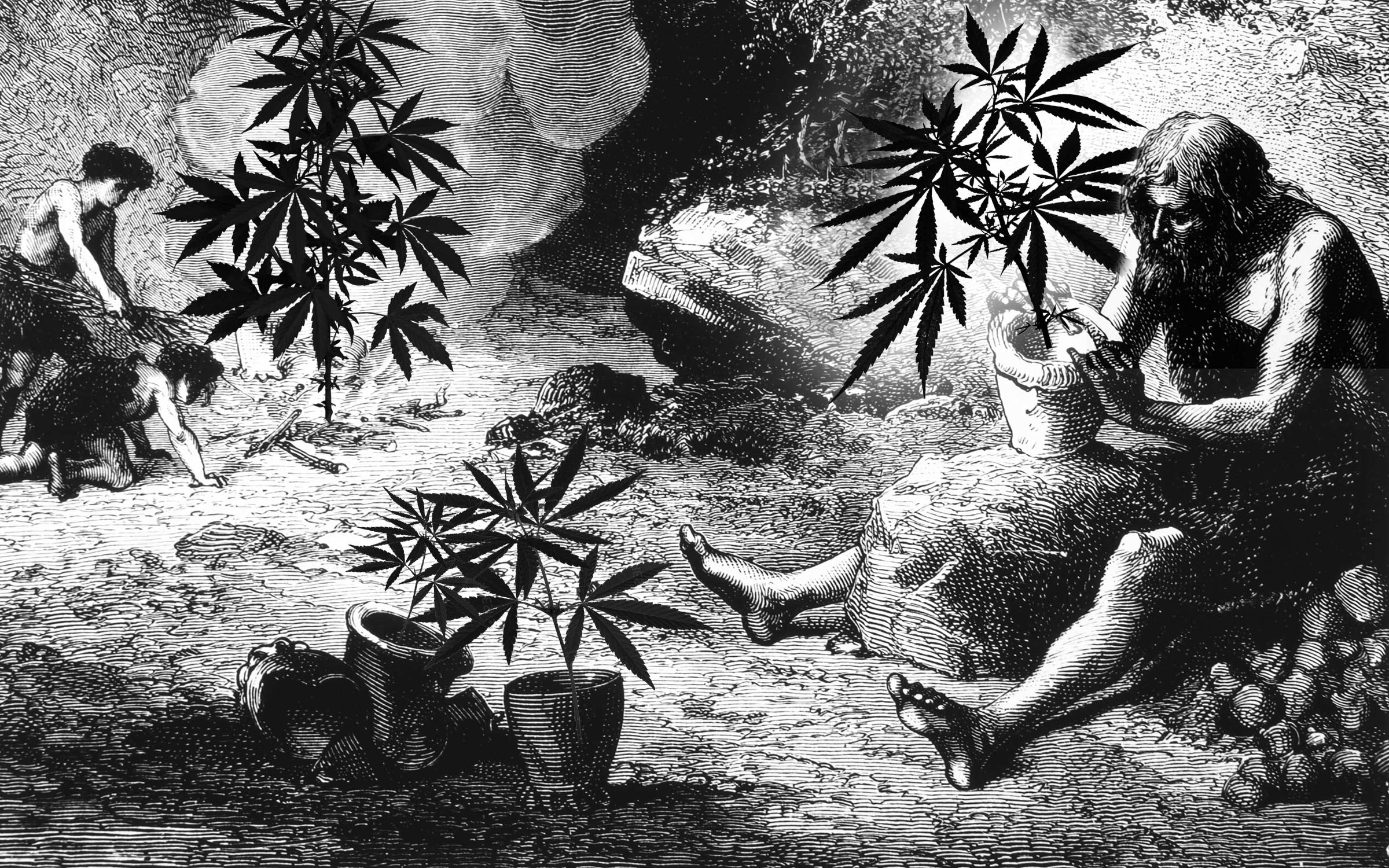
It is a substance that goes by many names and few topics elicit such a strong reaction than that of marijuana legalization in the United States. As it is illegal on a federal level, researchers have found it difficult to conduct the kind of double-blind studies required to prove a medicine’s efficacy and safety.
From the moment when the Controlled Substances Act was introduced in 1970, marijuana became a Schedule I drug with ‘potential for abuse’ and ‘no accepted medicinal value.’ Never mind the fact that thousands of studies have found that cannabis IS useful in medicine, or the studies which show it does NOT carry a serious addiction risk, nor is it a ‘gateway’ drug.
The reality is that weed has been used to treat all manner of medical conditions for thousands of years. It is a naturally grown plant yet it is banned in many places while deadly opioids are almost as easy to get as candy. In this article, we look at the history of marijuana and discover how it went from being a life-saver to ending up in limbo.
When Was Marijuana First Used?
There is some disagreement as to when weed was initially used and by whom. Most historians suggest the first definite reference to medicinal cannabis use came from the writings of Chinese Emperor Shen Nung in 2,737 BC. He wrote that it was useful to treat malaria, gout, rheumatism, and absent-mindedness.
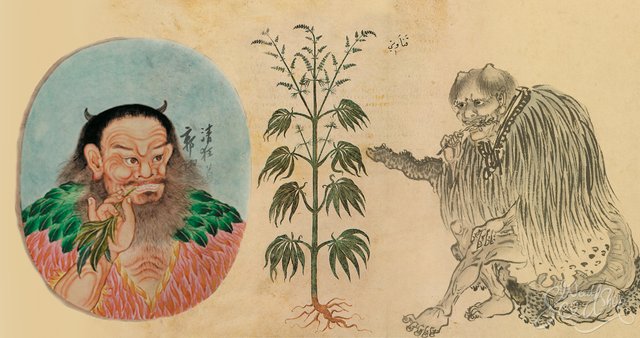
However, a hemp rope was found in the Czech Republic in 1997, and archaeologists believe it is almost 27,000 years old! Weed has probably been cultivated for over 12,000 years and is among the oldest cultivated crops in human history. Most experts now believe that the plants evolved in Central Asia in the Mongolia and South Siberia regions. The Yangshao, a Neolithic culture in China, depended on weed to keep their economy stable between 5,000 BC and 3,000 BC. Indeed, the first Chinese medical journals consisted of hemp paper.
Chinese farmers brought cannabis to Korea no later than 2,000 BC, and it reached India sometime between 2,000 BC and 1,000 BC. It is also a fact that the ancient Egyptians were using marijuana since at least 2,000 BC as archaeologists have found scrolls outlining the use of plants for medicine. Cannabis pollen was also found on the mummy of Pharaoh Ramses II who died in 1,213 BC.
Weed Spreads Around the World

Cannabis came to the Middle East sometime between 2,000 BC and 1,400 BC. An ancient Persian text called the Vendidad recorded the plant’s use as a medicine in 700 BC. The Scythians, an Indo-European group, probably brought weed to Germany between 1,000 BC and 800 BC which marked the first time the plant was available in Europe. There is a suggestion that Jesus Christ used an anointing oil made with marijuana in 30 AD. In a Roman medical text called On Medical Matters, written by a Greek physician named Pedanius Dioscorides in 70 AD, cannabis was said to suppress sexual longing!
Pliny the Elder wrote about the medicinal properties of weed in 79 AD, shortly before his death from a heart attack in the wake of the Mount Vesuvius eruption. The Greeks used it in around 200 BC, and it reached Britain by the 5th century AD when it was brought by Anglo-Saxon invaders. Studies have also found that cannabis seeds were discovered on the remains of 9th century Viking ships.
Marijuana received a mixed reception in the Arab world between the 9th and 15th centuries. While this era is often known as the Dark Ages in Europe, it was a time of enlightenment and scientific research in the Middle East. It was labeled a ‘lethal poison’ by some in the 9th century, but other medical practitioners used it as an anesthetic and analgesic. In the late 11th and early 12th centuries, marijuana was allegedly used by assassins. These tales are among the first written accounts of weed’s apparent powers of inebriation.
By the 16th century, marijuana was used in most Western European countries and had also spread through much of Africa. There was one continent that had yet to benefit from the healing properties of weed, but that was about to change.
Marijuana Finally Reaches North America!
While the Spanish brought cannabis to the New World in the middle of the 16th century, its use only spread in the United States when it was introduced by settlers at Jamestown in 1611.
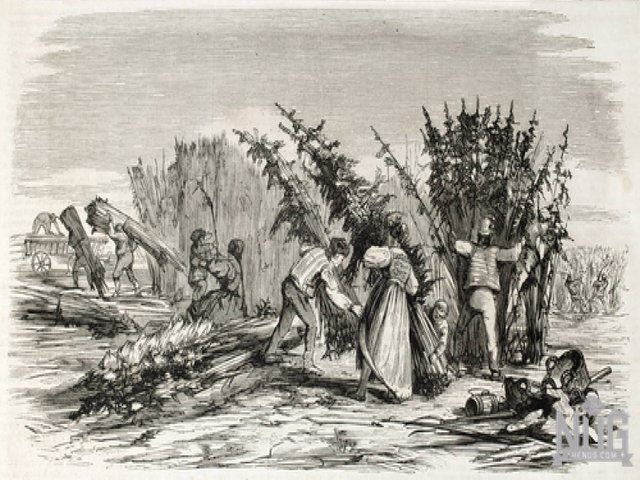
It quickly became a popular commercial crop along with tobacco. Oddly enough, 400 years on, only one of these crops has been proven to cause serious harm, yet it is the only one that is legal!
Marijuana was deemed to be so important in North America that in 1762, the state of Virginia gave rewards to planters who grew lots of it, and penalized those who didn’t. It was grown by at least two future presidents, Washington and Jefferson, and it appeared in The New England Dispensatory in 1764. Napoleon’s army brought weed back to France from Egypt in 1799, but he outlawed its use.
Marijuana plantations flourished in the United States in the 19th centuries with major growth in states such as Georgia, Mississippi, South Carolina, California, and Kentucky. Weed was added to the United States Pharmacopoeia in 1850 where it stayed until 1942. It remained a mainstream medicine until the 20th century when suddenly, everything went sour.
Did Racism Lead to Marijuana Prohibition?
In 1906, the Pure Food and Drug Act was passed in the United States and required the labeling of products that contained marijuana, alcohol, cocaine, opiates, and other substances. There was an influx of cannabis in 1910-1911 when an enormous number of immigrants arrived in southwestern America. They were fleeing from the Mexican Revolution and brought marijuana with them.
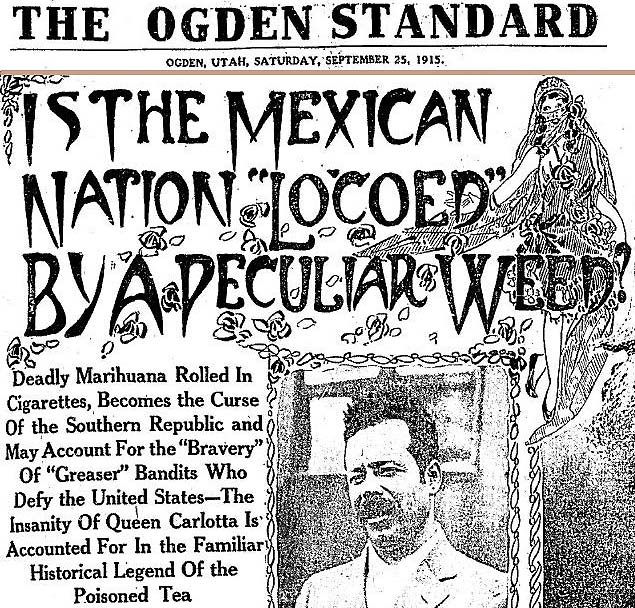
Barney Warf, a professor of geography at the University of Kansas, believes that early prejudices against weed were racist fears of its users. At this time, Mexicans were blamed for smoking cannabis, murder, stealing property, and seducing children. It is an interesting theory and would help explain how, after thousands of years as a therapeutic plant, marijuana was suddenly classified as a harmful and illegal narcotic.
Massachusetts was the first state to outlaw the plant in 1911, and by the early 1930s, cannabis was illegal in 29 states. In 1937, the Marijuana Tax Act banned the use and sale of weed, nine years after a similar law was introduced in the United Kingdom. The 1930s was a decade where marijuana was demonized as well as being made illegal. The laughable Reefer Madness movie in 1936 suggested that cannabis use would turn you into a mass murderer.
The LaGuardia Report, published in 1944, wrote that weed was less dangerous than originally believed, yet its findings were largely ignored. In 1951, the Boggs Act established a minimum prison sentence for possession, and five years later, cannabis was included in the Narcotics Control Act. At this stage, possession of weed could result in a prison sentence of up to 10 years, along with a huge fine of $20,000.
Anti-Marijuana Sentiment Grows
1964 was a historic year as Dr. Raphael Mechoulam identified the compound THC, which is weed’s main psychoactive component. In 1968, the University of Mississippi became the federal government’s official marijuana grower but in the same year, President Johnson created the Bureau of Narcotics and Dangerous Drugs. In 1968, the UK Wootton Report found that cannabis was less dangerous than other drugs, including alcohol.
However, disaster struck in 1970 with the passing of the Controlled Substances Act (CSA). It created five schedules to classify substances and placed marijuana in Schedule I. The CSA concludes that marijuana had no accepted medicinal value and had a high potential for abuse. To this day, cannabis remains a Schedule I drug in the United States which makes it very difficult to conduct studies.
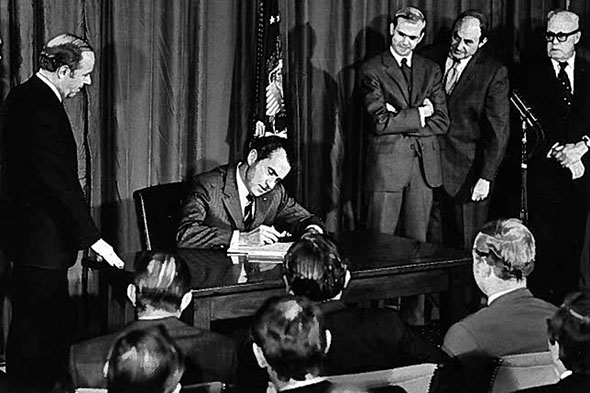
President Nixon declared his war on drugs in 1971 and two years later, the Drug Enforcement Agency (DEA) was established. In 1976, marijuana was decriminalized in the Netherlands while on November 24 of the same year, Robert Randall was able to escape criminal charges for using weed. A federal judge ruled that his use of marijuana was a ‘medical necessity.’
The 1980s saw the approval of a synthetic form of THC called Marinol as Big Pharma started profiting from weed. However, President Reagan saw fit to increase penalties for possession and selling with the 1986 Anti-Drug Abuse Act. A DEA judge named Francis Young recommended placing marijuana on Schedule II in 1988, but his recommendation was overruled in 1989.
Light at the End of the Tunnel?
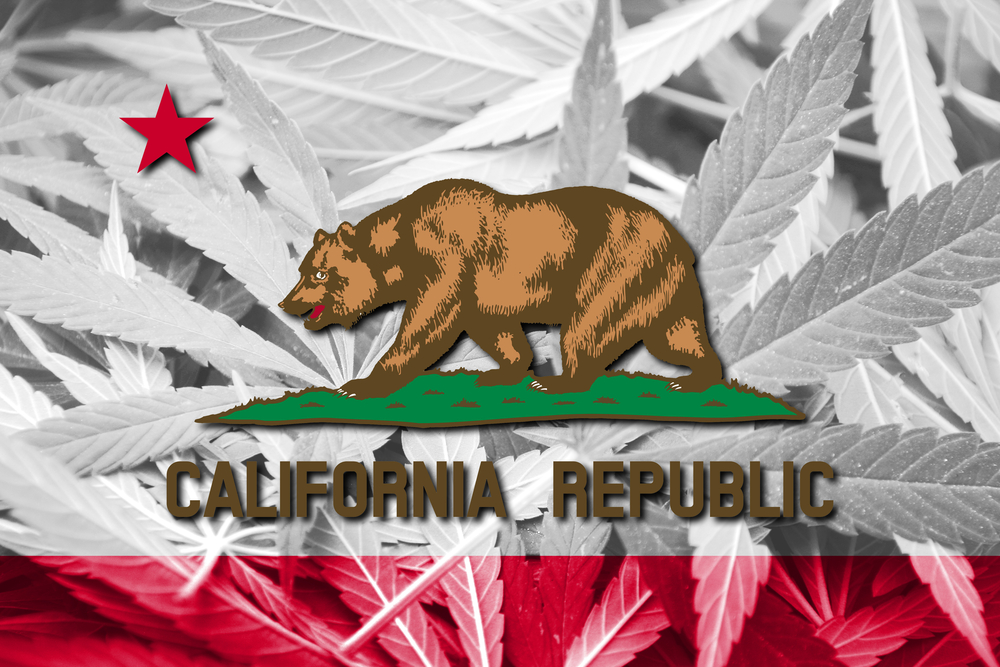
In 1996, California led the way by legalizing weed for people suffering from specific conditions. The following year, the Institute of Medicine (IOM) concluded that weed was a safe and effective medicine. Yet President Clinton pushed to prosecute patients who used marijuana for medicinal purposes.
This all came after the first endocannabinoid was discovered in 1992; it is called anandamide. Cannabis became legal in several more states in the 1990s and the first decade of the 21st century. At the time of writing, nine American states, plus D.C, have legalized marijuana for recreational use while a further 20 states allow it for medicinal purposes.
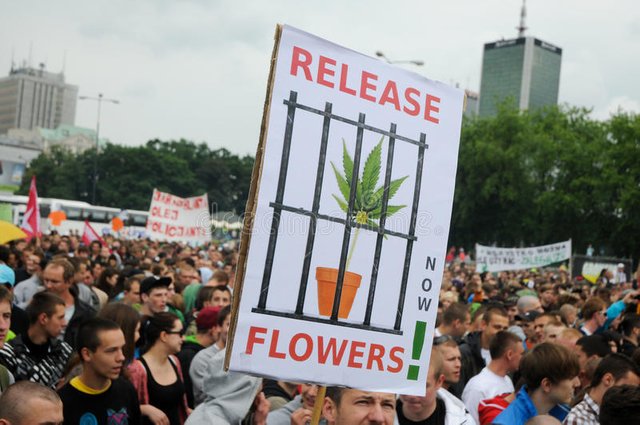
With weed set to become legalized in Canada in 2018, one wonders if America, and other Western nations, will finally see the light and accept that marijuana offers potentially amazing medicinal properties. Unfortunately, the current administration is very much against cannabis, but when its time is up, perhaps a more competent government will see the medicinal, social, and financial benefits of legalizing marijuana.
SOURCE
http://www.narconon.org/drug-information/marijuana-history.html
http://www.ancient-origins.net/history/cannabis-journey-through-ages-003084
https://medicalmarijuana.procon.org/view.timeline.php?timelineID=000026
http://www.advancedholistichealth.org/history.html
https://www.livescience.com/48337-marijuana-history-how-cannabis-travelled-world.html
https://www.dailykos.com/stories/2007/11/29/415310/-
https://free-the-tree.com/history-marijuana/
Very cool read for people who might not be aware of the path that cannabis has followed throughout history. Keep it up guys!
Downvoting a post can decrease pending rewards and make it less visible. Common reasons:
Submit
This post has received a 1.54 % upvote from @boomerang thanks to: @medicalmarijuana
Downvoting a post can decrease pending rewards and make it less visible. Common reasons:
Submit
I noticed you quoted Narconon. Do you know they are a real estate scheme? They are not an an accredited rehab business. And they are owned by Scientology.
Downvoting a post can decrease pending rewards and make it less visible. Common reasons:
Submit